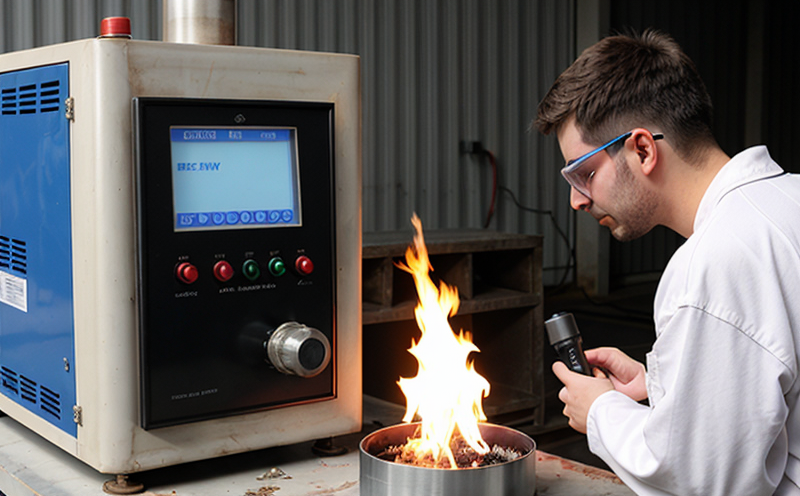DIN EN 15316-4 Heating System Heat Transfer
The DIN EN 15316-4 standard specifies methods and procedures for determining the heat transfer performance of heating systems in buildings. This part of the standard is particularly relevant for HVAC (Heating, Ventilation, and Air Conditioning) equipment testing, ensuring that the heat exchange efficiency meets the required standards.
Understanding this test is crucial for quality managers and compliance officers who need to ensure their products meet regulatory requirements. For R&D engineers and procurement teams, it provides insights into optimizing design parameters and selecting appropriate materials for enhanced performance. This service ensures that heating systems in buildings are reliable and efficient, which directly impacts the overall energy consumption and comfort levels of occupants.
The test involves measuring the heat transfer coefficient under specified conditions. The specimen preparation typically includes setting up a controlled environment to simulate real-world operating conditions. Instrumentation used during testing can vary but often includes thermal cameras, temperature probes, flow meters, and data logging devices. Reporting is detailed and comprehensive, providing accurate measurement of heat transfer performance.
This service plays a pivotal role in ensuring that HVAC equipment meets the stringent requirements set by international standards like DIN EN 15316-4. It helps prevent issues related to overheating or inefficient cooling, which can lead to higher energy costs and reduced comfort levels for building occupants.
The testing process is designed to replicate real-world conditions as closely as possible, allowing for precise measurement of heat transfer performance. This ensures that the equipment performs optimally under various operational scenarios, thereby enhancing its reliability and longevity.
Applied Standards
| Standard | Description |
|---|---|
| DIN EN 15316-4 | Methods and procedures for determining the heat transfer performance of heating systems in buildings. |
Benefits
Compliance with DIN EN 15316-4 ensures that HVAC equipment manufacturers meet the highest standards for heat transfer efficiency. This not only enhances product reliability but also contributes to environmental sustainability by reducing energy consumption.
By adhering to these rigorous testing procedures, companies can confidently market their products as compliant with international standards, which is increasingly important in a global marketplace. Additionally, this service supports continuous improvement in the design and manufacturing processes of HVAC equipment, leading to innovations that cater more effectively to customer needs.
Use Cases and Application Examples
- Testing heating systems for residential buildings to ensure they meet energy efficiency targets.
- Validation of commercial HVAC systems in offices and retail spaces before installation.
- Evaluation of industrial heating plants to optimize performance and reduce operational costs.
- Quality assurance checks on newly developed heating system prototypes during R&D phases.





